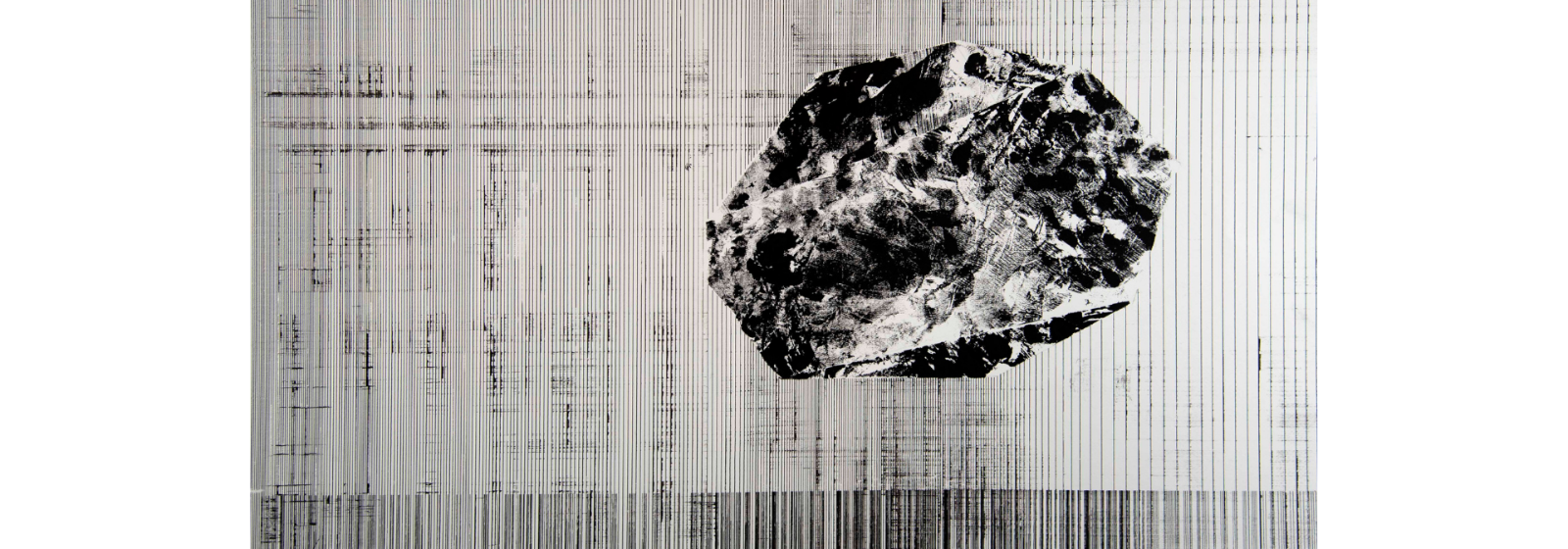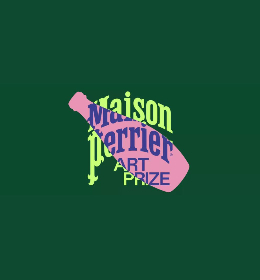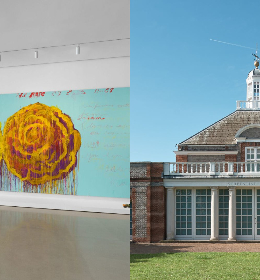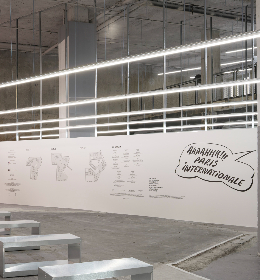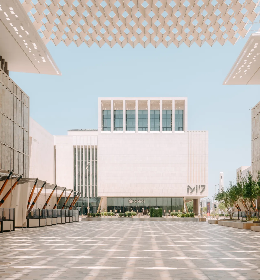His works are eloquently paired with those of Erika Fábián in Personal Abstractions at Ani Molnár Gallery in Budapest. Where Sági uses lines, Fábián uses dots as if two languages presented together in parallel, where repetitive action births an undercurrent of movement and image in waves of subtlety. There is a mesmerizing effect from the visual noise that is encountered upon entering the gallery, as if one is walking inside the static, both in noise and energy.
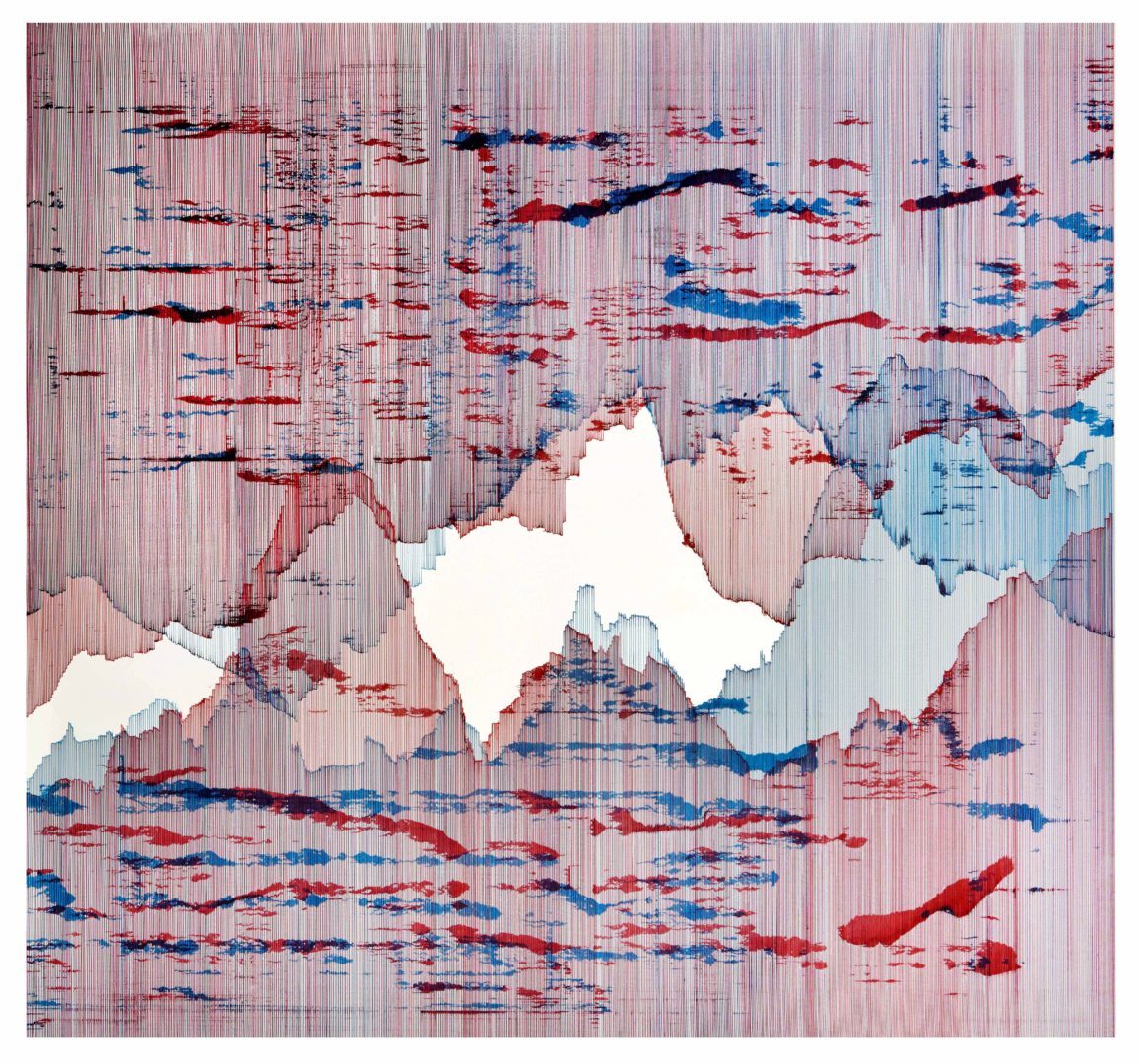
Gyula SÁGI: Op. 260619, ink on paper, 100 x 107 cm, 2019, courtesy of the artist and Ani Molnár Gallery
Sági’s works are created with a continuity of movement, but they bring pause as if they were rocks encountered in a Zen garden, with lines traced around them in the sand, echoes of unseen energy surrounding them, but here the lines are straight and rather than emanating from the rocks, they appear to reinforce their existence, supporting them in the fabric of both planar space and interstellar Space. Sági uses the blackest black pigment Black 3.0, which was invented in successive iterations after artist Anish Kapoor bought the exclusive rights to Vantablack, which was previously the blackest black. The light absorption of this pigment evokes the feeling of Space and its immense darkness along with the vastness of the unknown.
Sági writes in correspondence, “I look at those drawings as a kind of "record" of interstellar signals, noises. Perhaps, they are coming from different galaxies, or coming from asteroids, meteors, space junk, which are entering our atmosphere.” In my mind, I start to imagine Sági as a Space/space shaman, receiving these coded messages and decoding them through his drawings as interstellar productions. Where Sági’s images emerge from correspondence with Space/space, Fábián’s appear more terrestrial, reminiscent of the patterns of starlings whose hypnotic gestures find a poetic voice in her repetitive dots on paper.

Erika FÁBIÁN – Gyula SÁGI: Personal Abstractions, exhibition interior, courtesy of Ani Molnár Gallery, photo: Dávid BIRÓ
This curation by Lili Boros approaches the sublime, an impact as delicate as air passing into the psyche and gently releasing itself in thought. In her curatorial statement she references the meditative process of these two artists in relation to the likes of the works of Agnes Martin and John Cage, both masters of meditative action, one visual, one sonic. Through repetition, one becomes aware of subtle differences, as if receiving these infinitesimal connections through extreme slowness, John Cage’s As Slow as Possible highlights this aspect, where an enclosed sound could endure for indeterminable amounts of time.
Fábián remarks on the slowness, repetition, and meditation in John Cage’s As Slow as Possible, “The musical piece began playing in 2001 in Halberstadt, Germany, in a church raided during the Napoleonic Wars and famous for its several hundred years old organ. With the help of its supporters, the concert will go on for 639 years. The piece started with a pause in 2001 that lasted seventeen months, and then in the beginning of 2003, an organist played three notes that would be “contained” inside the church’s walls until the summer of 2004 before they were followed by the next two notes. According to some visitors, the given notes can indeed be heard even after a year.” In relation to Fábián’s own work, she explains that, “It is specific to my method that I only get to see tiny details of my work in progress, and the quadrants build up slowly over time to join the finished parts.”
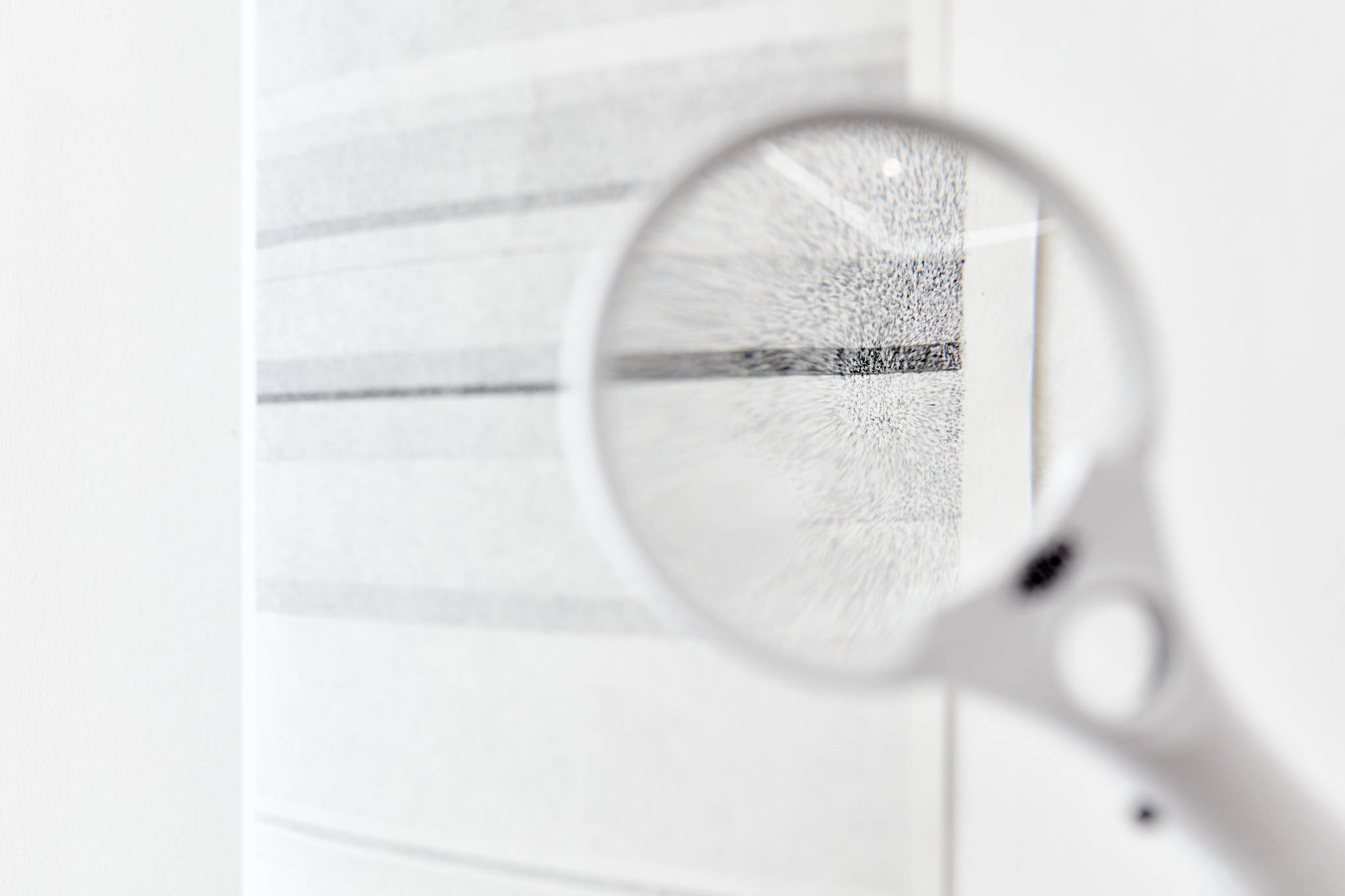
Erika FÁBIÁN: As Slow As Possible, 2015-16, chalk on paper, 148 x 25 cm, detail, courtesy of Ani Molnár Gallery, photo: Dávid BIRÓ
Both Sági and Fábián find connection to John Cage, enjoying this slowness and repetition. Sági reveals how his perception of the origins of these drawings became more crystalline over time, “I made those repetitive line drawings mostly in 2016-17. At that time I only received "signals'', but could not find out where they were coming from. Around 2020 during the lockdown and after a psychedelic trip I have had the lucky chance to have a glimpse of one of those space rocks. Now I understand that those signals were coming from these rocks.” His remarks remind me of works I created as an artist in Cappadocia, Turkey, for a series entitled Fata Morgana, a place that appears almost lunar in its surreal landscape of rocks and where I left messages through sound and light projected on the rocks for future generations to listen to and see again through some unknown technology or perhaps, through ‘human receptors.’ Upon reflection, I imagine an interstellar artist, who may have left messages in the same way, with Sági receiving them through his finely tuned internal receptors, the repetitive motion of his arms form the bow crossing the strings of an invisible violin, and his images are the sounds of the universe transposed on the page. Sági emphasizes that these Space rocks from which he receives messages, meteors, are known as the ‘building blocks of life on Earth’ and may someday eliminate life as we know it on this planet.
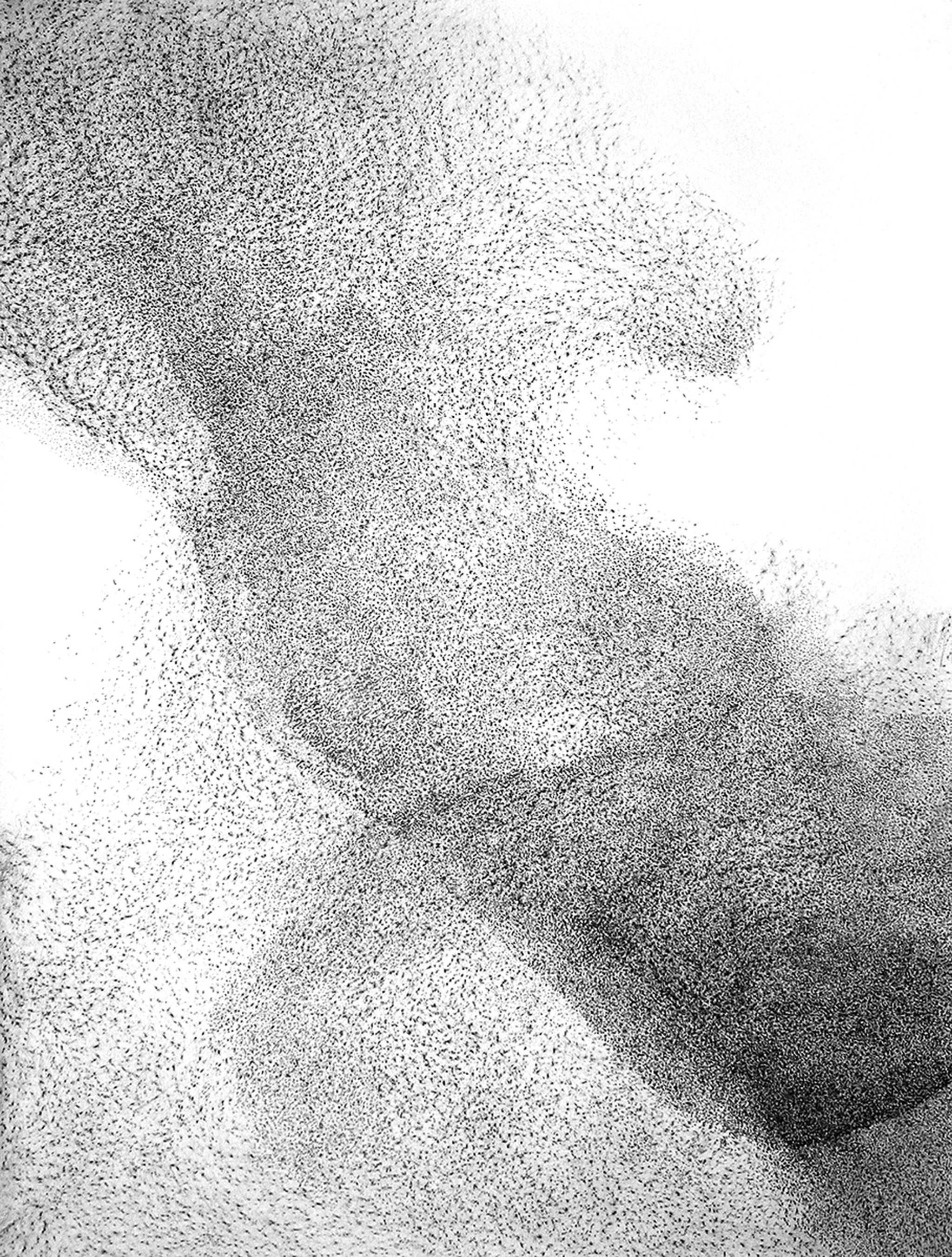
Erika FÁBIÁN: Untitled IV, chalk on paper, 150 x 110 cm, 2015, courtesy of the artist and Ani Molnár Gallery
This insightful exhibition brings together divergent works, each incorporating memories and signals, remnants of the past and predictions of the future, and elegantly juxtaposed through the curatorial vision of Lili Boros.
Erika Fábián − Gyula Sági: Personal Abstractions at Ani Molnár Gallery
Curated by Lili Boros
September 17th-November 19th, 2021
Cover image: Gyula SÁGI: Op. 140221, ink on paper, 70 x 100 cm, 2021, courtesy of the artist and Ani Molnár Gallery




